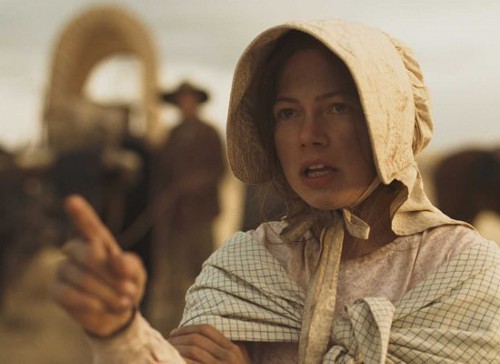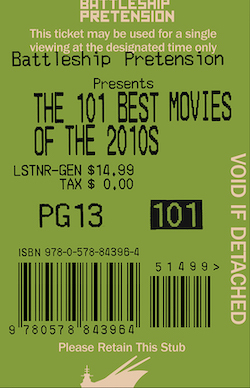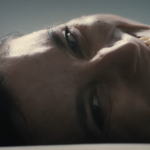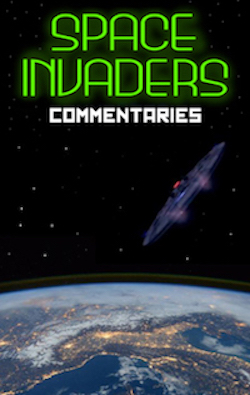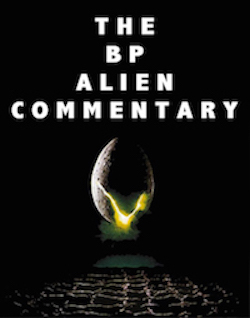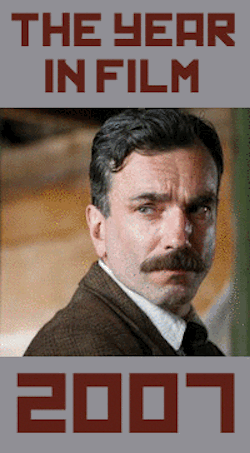Staying the Course, by Rudie Obias
Instinct for survival is the one trait that connects humans to animals. The ability to adapt, find food and water, and just the sheer will to live drives us to keep going forward. Conversely, jealousy, prejudice and scorn are what separate humans from animals. Interestingly, we’ll always throw those traits out the window just to survive. In Kelly Reichardt’s latest film, Meek’s Cutoff, is a realistic take on the Western genre, and explores these themes and notions. In a way, it subverts the expectations of what you might find in the genre. This film conveys the desperation of a small group of pioneers led by guide Stephen Meek (Bruce Greenwood) in the pursuit of water, gold and a new home en route via the Oregon Trail.
The film takes place in 1845 and starts with images of settlers gathering water for what would be a long journey. It slowly dissolves into long treks and dryness. This is the most important image because it’s the last time we see mighty rivers or vast lakes in the movie. This film seems to be mostly about process and moving forward. Whether it be loading and shooting a rifle or lowing a wagon down a steep hillside, Reichardt shows us the process of the mundane to convey the hardships of the pioneer lifestyle. But to what end? In the guise of the American dream for happiness and wealth, the story turns into one of survival. The group is lost and is quickly running out of water.
The convoy takes a turn when they come across a lone Native American man. He follows them through their journey but they don’t know why. Is he following them to kill and rob them? Is he following them because he is lost, too? Once they capture him, they have an interesting decision to make: whether to kill him, or keep him as a guide through the unforgiving wasteland. Ultimately, the decision they make splits up the group’s morale and turns into paranoia.
Meek’s Cutoff lives in the realm of highly effective visual storytelling. Adding to the film’s realism is the way this film was shot. It was all shot in 4:3 full frame, which gives it an un-cinematic nature. Kelly Reichardt achieves so much from very little, especially when that tiny morsel is set in the vast expanse of flatlands of the United States. There are no roads, no cars, and no strip malls. What can be taken away is the notion of staying the course and always moving forward whether or not if it’s the right thing to do. Gladly, the film never draws that line between right and wrong, which could stem from the ambiguous nature of the title. Stephen Meek is the title character, but is not the main character; arguably Michelle Williams’ Emily Tetherow is the film’s centerpiece. But conceivably, one is the action and the other is the reaction, which draws more questions about the title itself.
It’s not fair to discuss this film without bringing up its ending. I’m not going to spoil the ending, but let’s just say, it’s bold. The audience is left with this strange feeling of bewilderment, but moreover the feeling of hope and uncertainty. Meek’s Cutoff is a film that will spark endless conversations. Is this a story of survival? Is this a cautionary tale of right and wrong? Is this an allegory for the war and invasion of Iraq and Afghanistan? This film can be taken in the context of all of these questions. This is not a cut and dry film in the slightest. It’s challenging and poignant and definitely worth watching.

